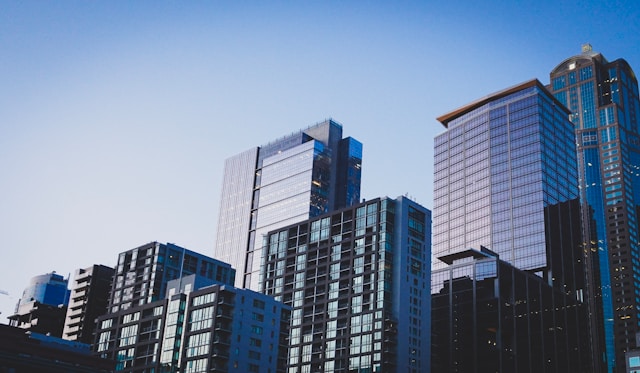In recent years, the real estate industry has seen a significant shift towards sustainability. This movement is not just about energy efficiency but encompasses a broad spectrum of practices aimed at reducing the environmental impact of building and maintaining properties. As more individuals become environmentally conscious, the demand for eco-friendly real estate options continues to grow. Let’s explore the principles of sustainable real estate and how they are transforming the industry.
Energy Efficiency
One of the cornerstone features of sustainable real estate is energy efficiency. This includes everything from using advanced insulation materials to installing energy-efficient windows and lighting systems. Properties that utilize solar panels, energy-efficient appliances, and smart home technologies are not only better for the environment but also offer cost savings to homeowners through reduced utility bills.
Green Building Materials
Another important aspect of sustainable real estate is the use of green building materials. These materials are selected based on their environmental impact, such as their production process, sourcing, and lifecycle. Using non-toxic paints, recycled steel, and renewable materials like bamboo helps minimize environmental degradation and improve indoor air quality, making homes safer and more comfortable for residents.
Water Conservation
Water conservation is a critical issue, particularly in areas prone to drought. Sustainable real estate focuses on implementing systems that reduce water usage and increase efficiency. This can include rainwater harvesting systems, drought-tolerant landscaping, and high-efficiency fixtures like low-flow toilets and showerheads. Such features not only help preserve precious water resources but also offer homeowners reduced water bills.
Enhancing Biodiversity
Eco-friendly real estate practices also include designing spaces that enhance or restore biodiversity. This can involve preserving existing natural features, using native plants in landscaping, and creating habitats for local wildlife. Such practices not only contribute to the ecological health of the area but also enhance the aesthetic and intrinsic value of the property.
Sustainable Urban Planning
Sustainable urban planning is essential to accommodate growing populations while minimizing environmental impacts. This involves creating walkable communities, integrating public transportation options, and ensuring access to amenities and services that reduce the need to drive. Effective urban planning promotes a more sustainable lifestyle and reduces the overall carbon footprint of communities.
Conclusion
The transition towards sustainable real estate is not just a trend but a necessary evolution of the industry as it aligns with global sustainability goals. For those interested in learning more about sustainable properties or considering an eco-friendly home, resources like Coronado Real Estate offer a wealth of information and listings that focus on environmentally conscious living options.
Investing in sustainable real estate is more than just purchasing a property; it’s an investment in the future of our planet. By choosing eco-friendly homes, buyers contribute to a more sustainable world while enjoying a healthier, more cost-efficient living environment.
